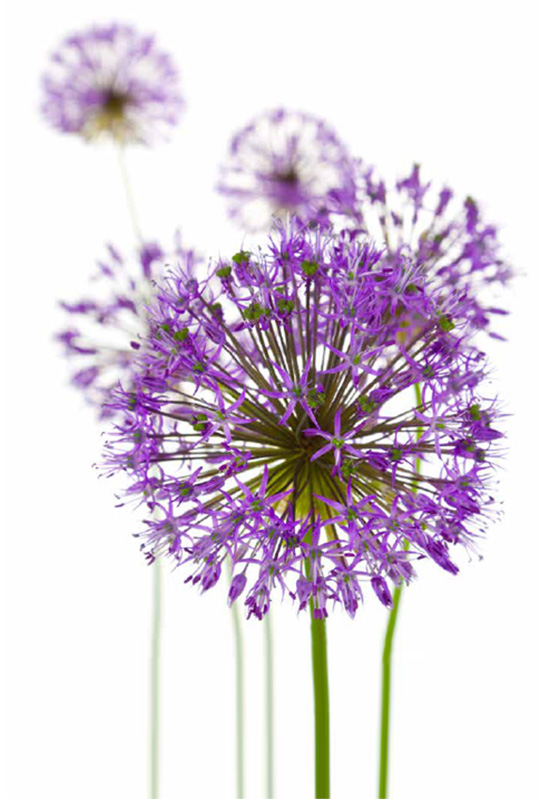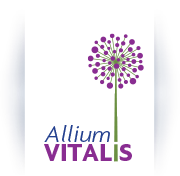

The goal of Allium Vitalis, Inc. (AVI) is to develop and deploy
low cost, nutrition-based solutions for improving health and vitality
based on the principles that nutrition is better than drugs, and that
dietary prevention is better than an after-the-fact cure.
Preventing cross-linked proteins.
The protein aggregates known as Advanced Glycation End-products (AGEs) are formed when two or more protein molecules become cross-linked to each other. These cross-linked proteins are no longer able to perform their normal functions. The cross-links also interfere with the normal process of “protein turnover,” which replaces old or damaged proteins with new ones. As the AGEs accumulate with time, they also cause inflammation and tissue damage.
The first step in cross-link formation is when an “aldehyde” molecule attaches to a protein molecule. Aldehydes are very reactive. When an aldehyde attaches to a protein, that location on the protein becomes very reactive and can attach to another adjacent protein. For example, the well-known aldehyde “formaldehyde” can attach to the proteins in cow skin, forming cross-links to other proteins in the cow skin and turning it into leather. The original skin was relatively soft, and dead skin was readily consumed by fungi and bacteria. However, the AGE cross-linked skin has become leather, which is tough and cannot be digested by any microorganisms.
Some types of aldehydes are commonly present in food and cause gradual AGE formation as part of normal living, especially if too much aldehyde-containing food is consumed. For example, glucose (sugar) is an aldehyde (when in its linear conformation) that causes “glycation” if it attaches to a protein. In diabetes, an abnormally high level of glucose in the blood causes increased glycation of proteins, resulting in the symptoms of the disease. The sugar “fructose” and rancid fats are other dietary sources that cause gradual AGE formation.
Other types of aldehydes are produced within the body itself, especially in response to inflammation. Lipid molecules, such as the fat molecules that are in all cellular membranes, can become peroxidized when exposed to oxidants such as hydrogen peroxide (which is produced during inflammation) or superoxide (produced by mitochondrial respiration). Background radiation also causes lipid peroxidation. Peroxidized lipids spontaneously break down to form aldehydes. Hence, in living systems, aldehyde formation cannot be completely avoided.
The only way to efficiently eliminate aldehydes from biological membranes is to have membrane permeable mercaptans in the membranes. Aldehydes are much more reactive with the mercaptans than they are with protein, so much so that an aldehyde that had attached to a protein will “jump off” the protein to attach to a mercaptan floating by, thereby completely repairing the protein. No other type of molecule can scavenge aldehydes this effectively.
Although other researchers have discovered the toxicity of aldehydes and the protective ability of mercaptans, it was the research for the patents of Allium Vitalis that showed that the mercaptans AllylSH and PropylSH that naturally come from consuming raw garlic (and onions, etc.) can scavenge aldehydes throughout the body (both inside and outside of cells, including within membranes), without the toxicity or side effects commonly associated with drugs.

